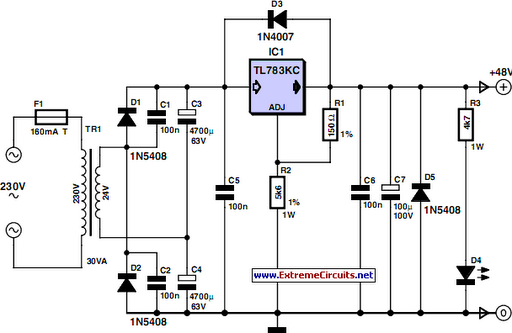I`m building a REDD47 and the power transformer doesn`t have a tap for the phantom power... :-\ I was thinking about use a voltage multiplier from the 6.3V AC tap to get the 48V but provably the current will be very low... other option could be use a resistive divisor or a zener array to get the 48V from the 300V DC supply.
I would like to hear opinions and experiences doing this.
best regards
Rafael
I would like to hear opinions and experiences doing this.
best regards
Rafael






















![Electronics Soldering Iron Kit, [Upgraded] Soldering Iron 110V 90W LCD Digital Portable Soldering Kit 180-480℃(356-896℉), Welding Tool with ON/OFF Switch, Auto-sleep, Thermostatic Design](https://m.media-amazon.com/images/I/41gRDnlyfJS._SL500_.jpg)












